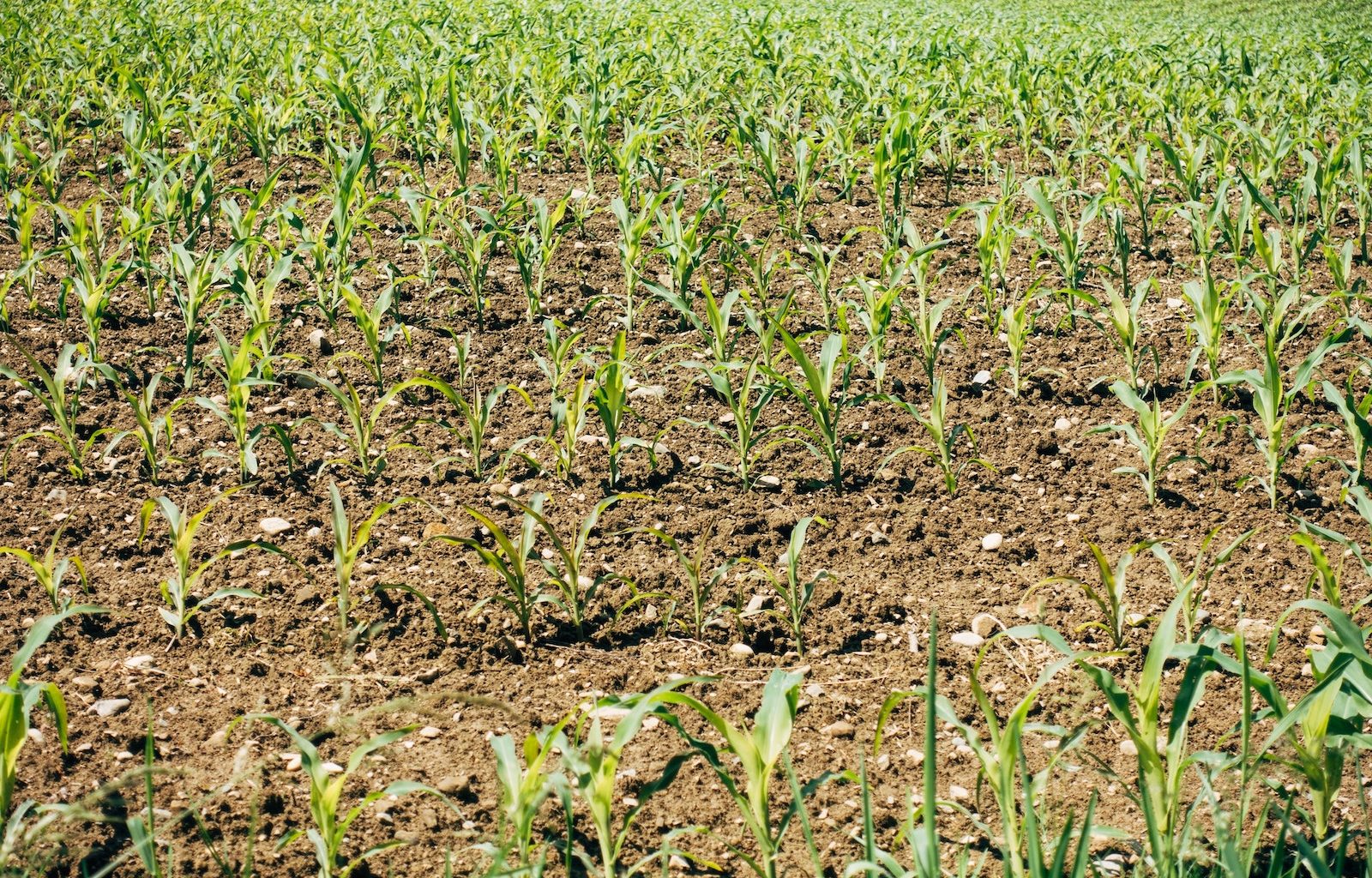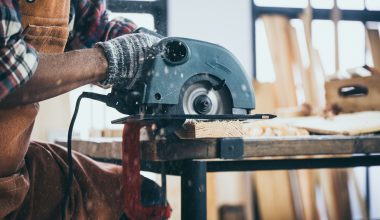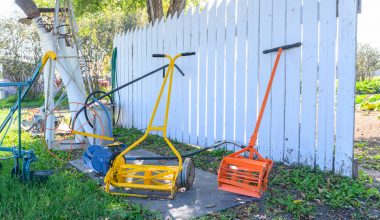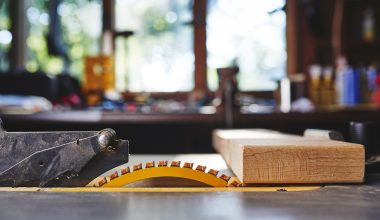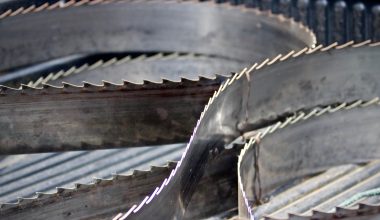Fertilizer has been used for over 8000 years, but I bet you didn’t know about the origins of the tool. Fertilizer actually has a rather interesting history, which I am going to take you through. I will also give you a little bit of a background of the types available to you. Fertilizer can be made either naturally or artificially and improves the growth of your plants and crops by increasing the fertility of your soil.
Early History Fertilizer Options
Manure started off as an early version of fertilizer, a little disgusting I know, but the practice certainly worked, improving the crop yields of the local farmers. Manure has various isotopes and chemicals within it. This helps aid in the growing of plants as well as restricting the growth of weeds.
Yet, the key question is how did those farmers all those years ago come about using the substance for growing crops? The answer is simple – it likely originally started by accident. Animals would have done their business on the same soil that the farmers would have planted their crops! They would have noticed a better growth in the areas where the animals had been and drawn the conclusion from that.
Manure has naturally occurring nitrogen within it, which is now also used in synthetic fertilizers obtained from synthetic ammonia. Jean Baptiste Boussingault even highlighted that the amount of nitrogen in fertilizer was important.
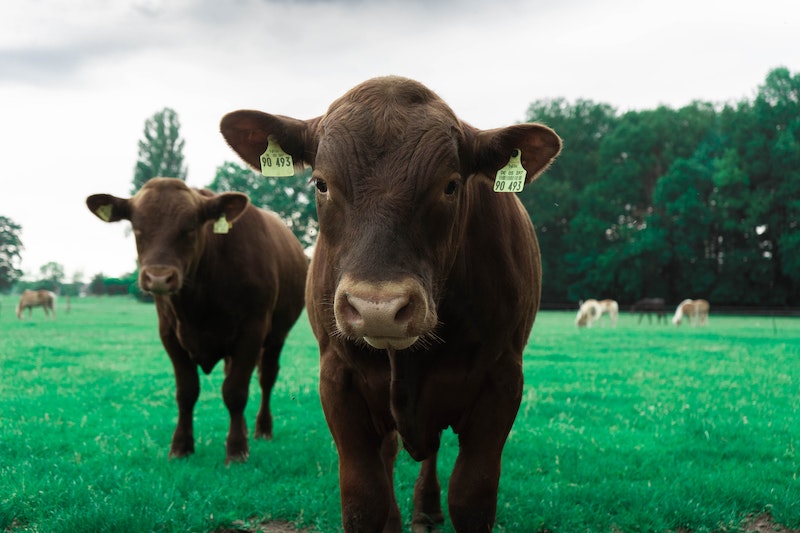
Key Figures
Of course, despite the fact manure is still used to this day we have definitely progressed in our fertilizer journey. Until about 300 years ago every discovery seemed to come by accident. One key figure in this developing history was chemist Justus von Liebig. He promoted the use of ammonia, and his theories to create a fertilizer that used phosphate of lime, bone meal, and sulphuric acid. The fertilizer, however, did fail as it wasn’t able to be absorbed effectively by the crops.
One other key figures in the history of fertilizer were Carl Bosch and Fritz Haber. They developed a process known as the Haber-Bosch process. It uses a reaction with hydrogen, a metal catalyst, and high temperatures to convert atmospheric nitrogen to ammonia. This allows us to create an artificial ingredient for our fertilizers today! However, the process was also used during the war to make explosives!
Early Chemical Options
The first fertilizer that was chemically made likely came about in the 19th century. It used bones and sulphuric acid. Phosphate rocks were used instead of bones. This made superphosphate.
One of the earliest synthetic nitrogen fertilizers came about in the very early 20th century. The Haber-Bosch process helped the early synthetic nitrogen fertilizers gain traction. The availability of synthetic ammonia meant it was easier to make nitrogen fertilizers, but they often weren’t of the best quality.
Organic versus Inorganic Fertilizer History
There are two different types of fertilizer, and as someone who is eco-conscious, I would definitely recommend one over the other. They are; inorganic fertilizers and organic fertilizers. Synthetic ingredients and plant nutrients create inorganic fertilizers. Organic fertilizers use naturally occurring ingredients and nutrients. However, organic fertilizers take longer to break down into the soil which means they can take longer to act. Manure is a type of organic fertilizer!
There are many perks of organic fertilizers despite the slow-acting properties. These perks include; they make it less likely to over-fertilize your crops, less chance of harmful build-ups and are biodegradable which makes them very sustainable. You can also DIY them!
Inorganic, chemical fertilizers do, however still have some pros. These include; low cost, predictability, work quickly with bad soil, you can be ensured they have the key ingredients and they can be custom made and tailored to your purpose. They do cause issues with the micro-organisms in the soil, and they can encourage plant disease which is something you definitely don’t want. For this reason, I would say to use them carefully!
In regards to the multiple types of fertilizer, I would advise drawing up a pros and con for both and making a good educated decision.
More Types Available
Also, consider the types available within the organic and inorganic fertilizers. For example, there is the granulated kind. Fertilizer is easily spread onto the soil and doesnt need as much reapplication. However, it can be damaging to roots if you don’t use it with water.
There is also water-soluble fertilizer that can easily be diluted in order to spread onto the soil. However, it goes through soil quickly which means it needs to be regularly reapplied. I hope this article has given you a little insight into the history of fertilizer, as well as the number of fertilizers available to you on the market! There is still so much more to know than just what is in this article, but I hope it gets you started.
